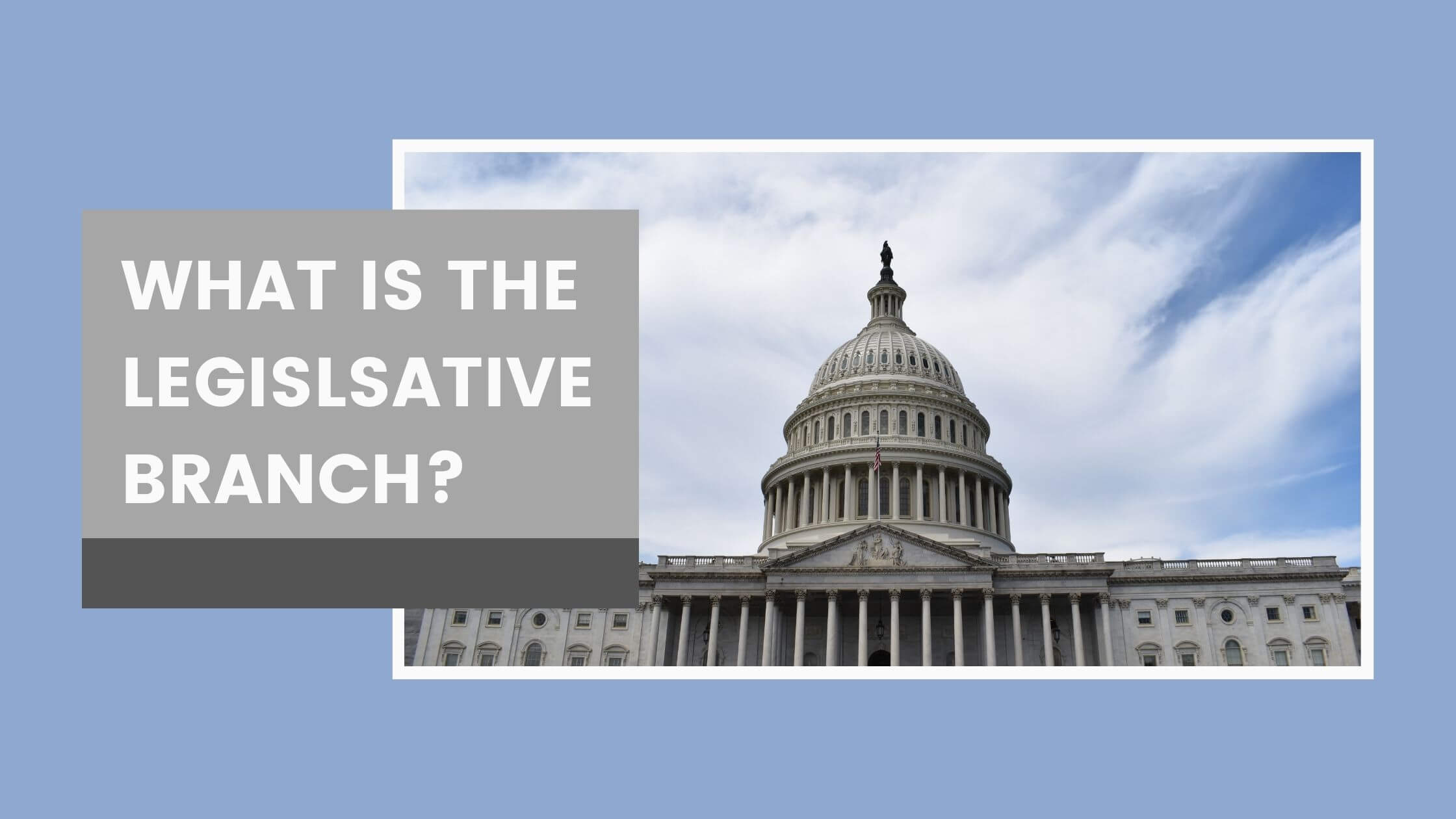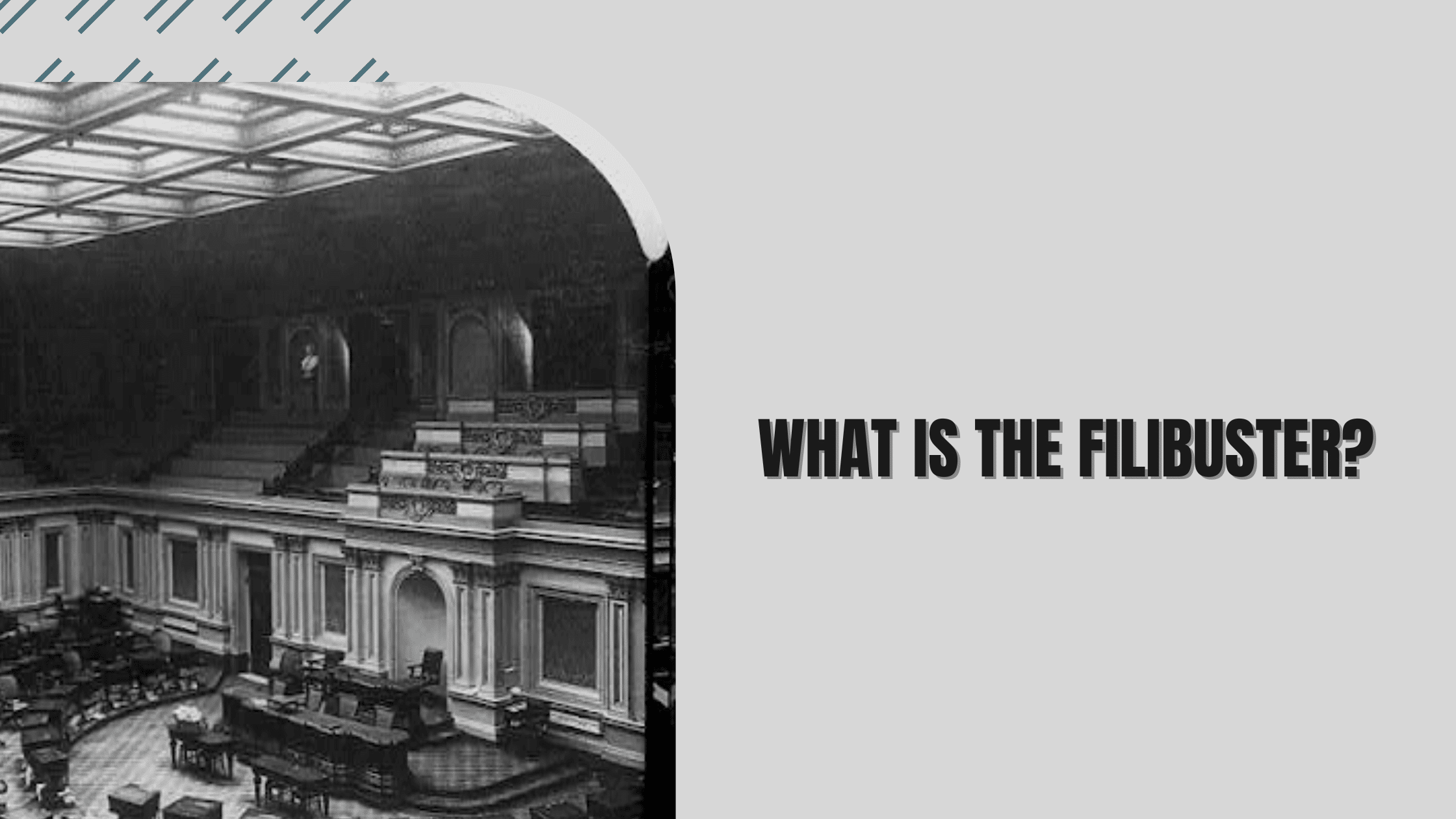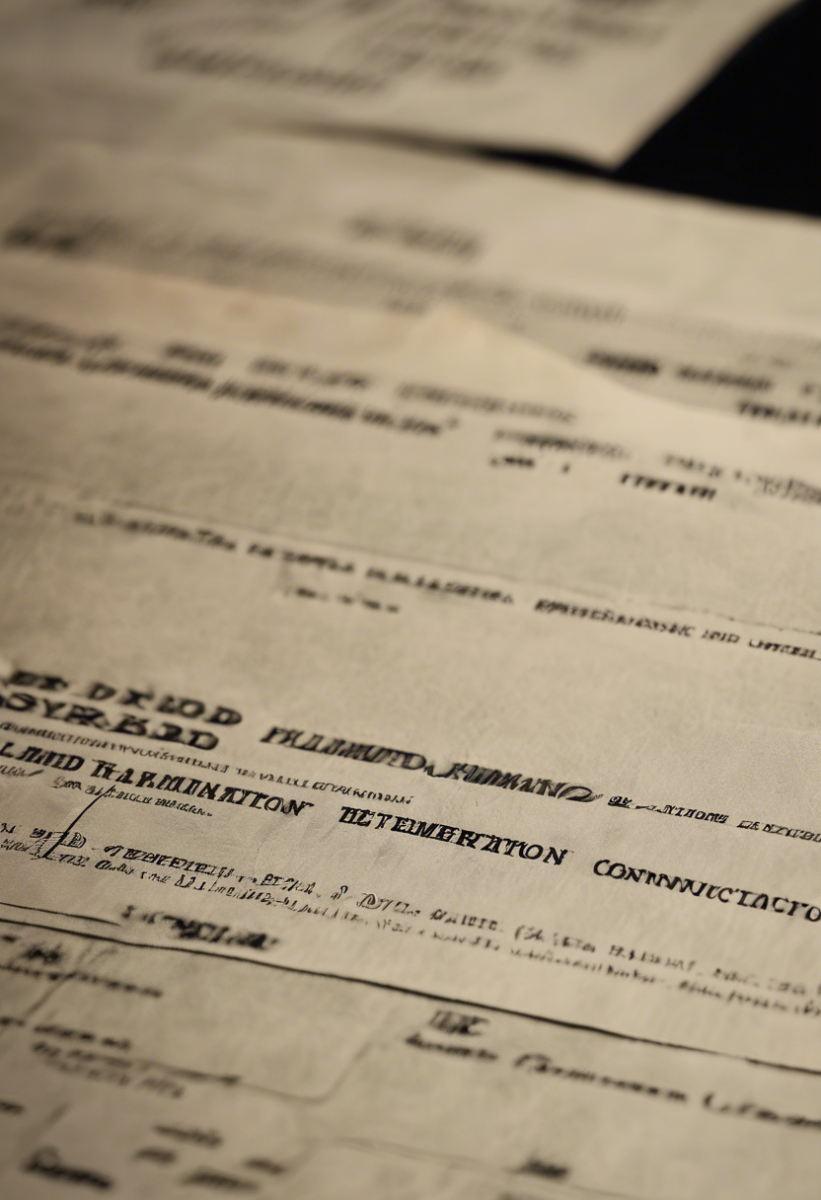Table of Contents
ToggleSources
- https://www.senate.gov/reference/reference_index_subjects/Vetoes_vrd.htm
This official U.S. Senate page provides a detailed explanation of vetoes, including regular vetoes and pocket vetoes, making it a highly authoritative source for understanding the legislative process. - https://www.archives.gov/federal-register/legislation/veto-procedures.html
The National Archives provides a comprehensive overview of the veto process, including the 10-day rule and how pocket vetoes function, which directly supports the blog post's content. - https://www.whitehouse.gov/about-the-white-house/the-legislative-branch/
The White House's official page on the legislative process includes information on presidential vetoes and their role in law-making, offering a reliable source for the blog post's claims. - https://www.history.com/topics/us-presidents/presidential-veto
This History.com article provides historical context and examples of presidential vetoes, including pocket vetoes, which aligns with the blog post's discussion on historical usage. - https://www.britannica.com/topic/veto
Encyclopaedia Britannica offers a detailed and authoritative explanation of the veto power, including its types and historical significance, supporting the blog post's educational content.
Key Points
- A veto is a procedure used by the U.S. president to prevent a bill from becoming law.
- The president has ten days (excluding Sundays) to sign a bill passed by Congress.
- If the president vetoes a bill, it is returned to the originating House with reasons for the objection.
- Congress can override a veto with a two-thirds vote in both the House and Senate.
- A pocket veto occurs when Congress adjourns during the ten-day review period, preventing the president from returning the bill.
- Pocket vetoes kill the bill without the possibility of a congressional override.
- The first pocket veto was used by President James Madison in 1812.
- Franklin D. Roosevelt holds the record for the most pocket vetoes (263) and total vetoes (635).
- Modern presidents like George W. Bush, Barack Obama, and Donald Trump did not use pocket vetoes.
- Pocket vetoes are controversial and less commonly used today due to public and media scrutiny.
Summary
A veto is a presidential power to reject a bill passed by Congress, which can be overridden by a two-thirds vote in both the House and Senate. A pocket veto occurs when the president doesn’t sign a bill during Congress’s adjournment, effectively killing it without the possibility of an override. Though historically used by presidents like Franklin D. Roosevelt, pocket vetoes have become rare in modern times due to their controversial nature.
What Is a Veto?
To be able to understand what a pocket veto is, it is important to first obtain a full comprehension of what a regular ‘veto’ is, and how it may affect the law-making process in the United States.
Essentially, a veto should be considered a proper procedure that may be used by the president to prevent the enactment of a joint resolution or bill into law.

When a bill has been passed by the United States Congress, the president has exactly ten days to sign it – excluding Sundays.
This period of time allows for the president to come to a highly informed and conclusive decision, while also examining any necessary revisions.
Presidential veto
Occasionally, circumstances or issues will arise, causing the president to refuse the approval or signing of a specific bill, which in turn, begins the veto process.

When this occurs, the president will then have the bill returned to the appropriate Chamber or House – the one from which it originated.
Generally speaking, the return of this legislation will come with an attached reasoning for the particular objection(s). This is often viewed as and considered to be an opportunity for editing and review for the House.
Overriding the president’s veto
It is important to bear in mind that this decision made by the president is subject to the potential of being overridden.
The override process can only occur by a two-thirds vote in both the House and the Senate. When this does happen, the bill will become law, regardless of the president’s objection or disapproval.
What Is a Pocket Veto?
With this general understanding of what a veto is and the process that occurs during it, it is easier to understand what a ‘pocket veto’ is.

This type of veto occurs under very specific circumstances. There are instances when Congress adjourns during the ten-day period that the president is given to review legislation, which is when a pocket veto may occur.
When Congress has adjourned, it is impossible for the president to return a proposed bill. This does not, however, take away the president’s ability to elect not to sign the bill.
The president is still able to come to that decision, and because Congress has chosen to adjourn, the bill is killed – without a chance of an override.
After this has happened, and a bill is dead, the only option for Congress is to reintroduce the proposed legislation as an entirely new bill.
This means starting all over again, having the necessity of the bill passing through both the House and the Senate, etc.

Therefore, it is easiest to remember that a pocket veto occurs when the president decides not to sign the bill during the adjournment of Congress. This is often viewed as being a controversial, but intelligently used legislative maneuver – particularly in the case(s) of highly disputed bills.
This has much to do with the fact that this type of veto is not subject to the typical (and commonly used) congressional override process.
The History & Use of Pocket Vetoes
The first documented use of a pocket veto in United States history took place in the year 1812. This occurred when the president at the time, James Madison, disputed and disagreed with the passing of a proposed bill.
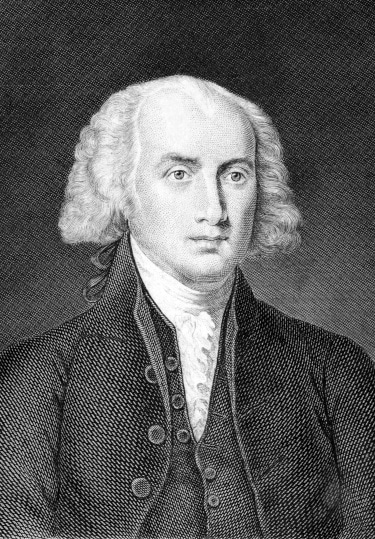
Since its first introduction to the American legislative system, the pocket veto has seen an abundance of usage by many different presidents.
In the past, there have been presidents who have chosen to exercise the use of this legislative tactic, and there have been certain presidents who have perhaps, overused it.
President Grover Cleveland
For example, when first in office, Grover Cleveland elected to use the pocket veto 110 times. President Cleveland then chose to exercise the same presidential power 128 times during his second term in office.
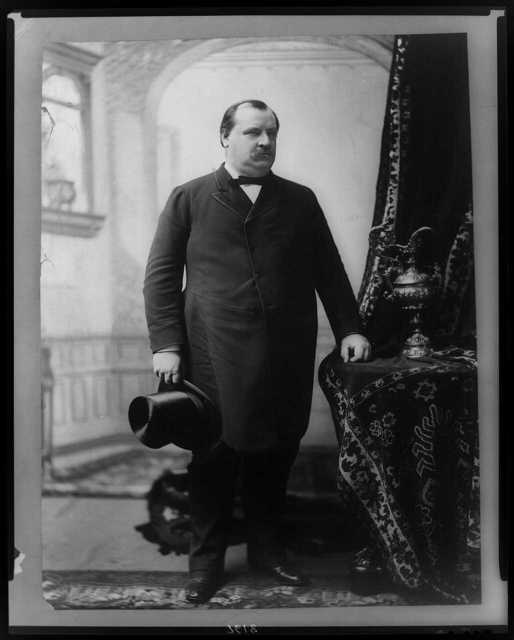
Presidents Truman & Eisenhower
Similar to Grover Cleveland, Harry S. Truman, and Dwight D. Eisenhower also chose to exercise this veto – with 70, and 108 documented uses.
President Roosevelt
However, Franklin D. Roosevelt holds the record, having utilized a total of two hundred and sixty-three pocket vetoes during his time in the oval office.
It is also worth mentioning that Franklin D. Roosevelt also holds the record for the most regular vetoes of bills – sitting at a total 372. This brings Franklin Roosevelt’s total vetoes (regular and pocket) to a mass total of 635.

Get Smarter on US News, History, and the Constitution
Join the thousands of fellow patriots who rely on our 5-minute newsletter to stay informed on the key events and trends that shaped our nation's past and continue to shape its present.
Of all of these vetoes, Congress was only able to override nine of them – showcasing the intellectual and decision-making abilities of the past president.
Modern Use
Because of the controversial nature that revolves around the use of the pocket veto, it has not been as commonly used in recent decades.
In fact, George W. Bush, Barack H. Obama, and Donald J. Trump did not used this power.
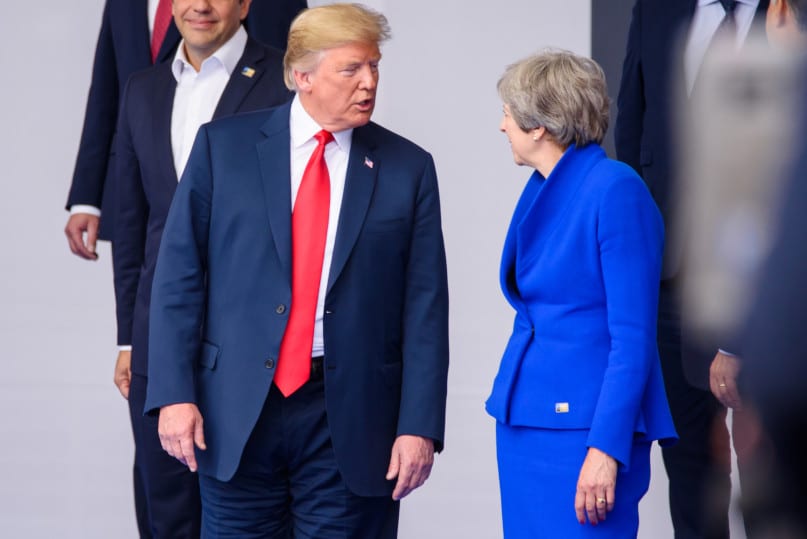
More so now than ever before, it is crucial to consider first how the actions and decisions made by the president may be viewed by the public and the media.
As the process of moving a bill through the Senate, the House, and finally getting it to the president is very tedious, Congress does not want to allow for the opportunity of a pocket veto to occur.
What Is a Pocket Veto? Quiz
Frequently Asked Questions
What is a veto in the context of U.S. law-making?
How can Congress override a presidential veto?
What is a pocket veto?
Which U.S. president holds the record for the most pocket vetoes?
Has the pocket veto been used by recent U.S. presidents?
How useful was this post?
Click on a star to rate it!
Average rating / 5. Vote count:
No votes so far! Be the first to rate this post.
We are sorry that this post was not useful for you!
Let us improve this post!
Tell us how we can improve this post?


